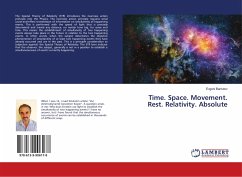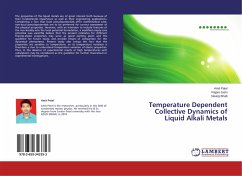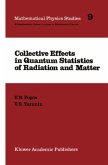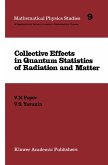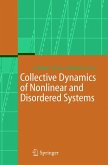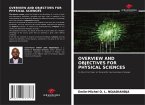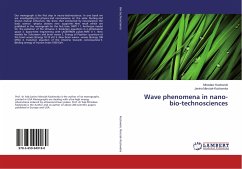A lot of research is being carried out and more and more models are being developed to understand and analyze the collective motion of a group of moving particles/cells. The main aim of this thesis is to extend Tamas Vicsek's model, introducing interactions between particles modeled by three different types of zone: These are the zone of repulsion, orientation and attraction. At each iteration step, the particles maintain an average direction of motion of neighboring particles with some random perturbation. Numerical results indicate that the radius of the repulsion/orientation zone plays a very important role in the movement of the flocks. By varying system parameters such as noise, density,.... Within the framework of this extended model, we find that our system undergoes a continuous phase transition in two-dimensional space. On the other hand, our simulation results show that the critical exponents found in the Tamas Viscek model are not universal, due to the effect of interaction zones.
Hinweis: Dieser Artikel kann nur an eine deutsche Lieferadresse ausgeliefert werden.
Hinweis: Dieser Artikel kann nur an eine deutsche Lieferadresse ausgeliefert werden.


